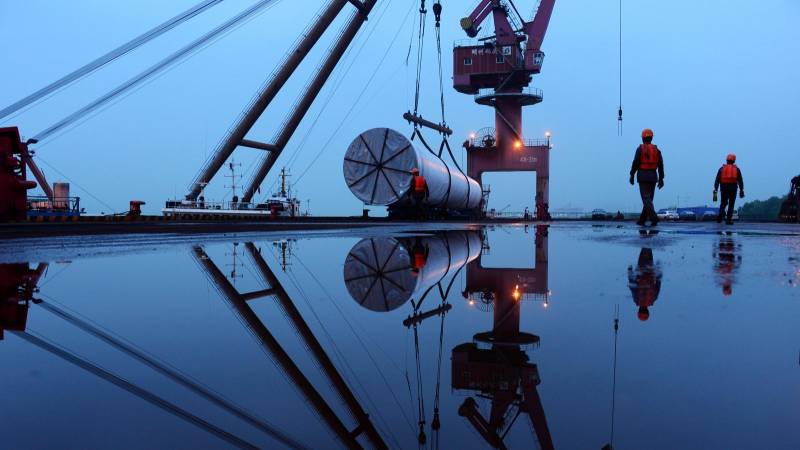The Olympics have a negative impact on the environment because of new building, thousands of athletes and fans flying in, and the energy necessary to run such a large athletic event.
This year, China aims to be the first Winter Olympics to be carbon neutral, with a technology demonstration of wind and solar energy, hydrogen fuel cell transportation, and the world's largest hydro energy storage battery.
Since China was granted the Winter Olympics in 2015, the nation has experienced a renewables construction boom that has surpassed expectations, putting China ahead of the rest of the globe as it draws closer to its target of peak carbon emissions by 2030.
According to People's Daily, a Chinese official publication, the Olympics would require 400 GWh (0.4 TWh) of renewable energy, which will be diverted from the 14,000 GWh (14 TWh) anticipated to be created each year by a renewable energy facility in Zhangbei, 150 miles northwest of Beijing. This estimate excludes the energy used to build or modify Olympic venues, as well as the energy used to cover mountains with artificial snow.
2021 was a banner year for renewables in China. On December 25, 2021, China will connect its largest wind farm—134 turbines off the coast of Shanghai—to the power grid. Every year, the project will generate enough electricity to power 900,000 households. According to Carbon Brief, China will have constructed around 17 gigawatts (GW) of offshore wind capacity.




